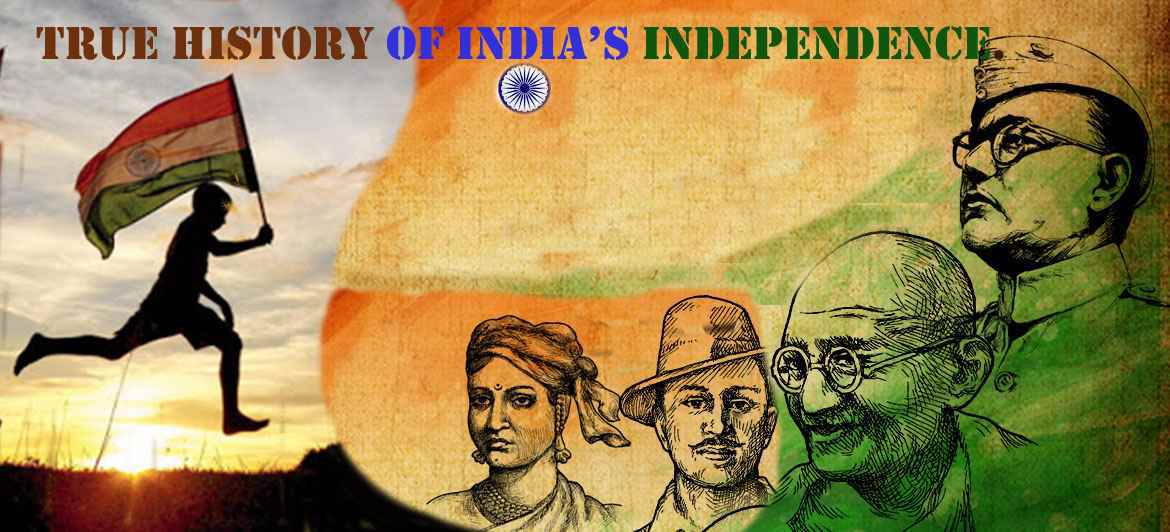India’s independence is a long and complicated history, with many different players involved. Gandhi was undoubtedly one of the most important figures in the struggle for independence, and his legacy continues to this day. India is now a thriving democracy, and its people are proud of their country’s history and achievements.
The British Empire had ruled India for the better part of the 18th and 19th centuries. By the start of the 20th century, Indian people were fed up with imperial rule. So in 1947, when it was decided that India would be split into two countries by a partition, there was outrage among many Indians. And while they were at first focused on getting independence from Britain, they soon turned their attention to fighting for independence from each other.
Introduction
India’s independence is a long and complex history. There are many different factors that led to the country’s independence from Britain, and Gandhi played a significant role in the process.
Gandhi is one of the most iconic figures in Indian history. He is best known for his philosophy of nonviolent resistance, which he used to great effect in the struggle for India’s independence. Gandhi was born in 1869 into a family of Hindu aristocrats in Gujarat. He was educated in England, where he studied law. After returning to India, he began working as a lawyer, but he soon became involved in politics.
In 1915, Gandhi joined the Indian National Congress, a political party that was fighting for India’s independence from British rule. Gandhi quickly rose to prominence within the party, and he soon became one of the most important leaders of the Indian independence movement.
Throughout the 1920s and 1930s, Gandhi led several mass protests against British rule in India. These protests were often met with violence by the British authorities, but they nonetheless helped to raise awareness of the cause of Indian independence. In 1942, Gandhi launched the Quit India Movement, which called for an end to British rule in India. The movement was unsuccessful in its immediate goals, but it did help to further erode British support for their rule in India.
Finally, on August 15th 1947, after decades of struggle by Gandhi and other Indian nationalists, India finally achieved independence from Britain.
The Political Situation in India before Gandhi
India was under the rule of the British Empire for over 200 years. During this time, there was a lot of political unrest and violence. The people of India were fighting for their independence from the British. Gandhi was a key figure in the fight for Indian independence. He believed in peaceful protests and civil disobedience. He inspired many people to stand up against the British rule. In 1947, after years of struggle, India finally became an independent country.
Indian Independence movement
The Indian independence movement was a series of events that took place in India between 1857 and 1947. The first event was the Sepoy Mutiny, which began as a protest by Indian soldiers against the British East India Company. This soon escalated into a full-scale rebellion, with the soldiers marching on Delhi and capturing the city. However, they were eventually defeated by the British Army.
The next major event was the formation of the Indian National Congress in 1885. The Congress was initially a moderate organisation that campaigned for greater political rights for Indians within the British Raj. However, it became increasingly radicalised over time, and began calling for complete independence from Britain.
The final straw came during World War II, when Britain declared war on India without consulting the Indian government. This led to widespread protests and civil disobedience campaigns across India, led by people such as Mahatma Gandhi and Jawaharlal Nehru. Eventually, Britain agreed to grant India independence, and on 15 August 1947, India became a sovereign nation.
Also Read: Engineers Day: What Does It Have To Do With Engineers?
Gandhi and the March to Dandi for Salt Satyagraha

In 1930, Gandhi led the Salt March to Dandi to protest the British salt tax. The march lasted for 24 days and covered 240 miles. On April 6, Gandhi and his followers reached Dandi and made salt from seawater. This act of civil disobedience was a key moment in the Indian independence movement.
Gandhi’s decision to lead the march came after the British government passed the Salt Act, which placed a tax on salt production in India. The tax was especially harmful to poor Indians who could not afford to pay it. Gandhi believed that by breaking the Salt Act, he could inspire others to stand up against British rule.
The Salt March was a success; it garnered worldwide attention and helped rally support for the Indian independence movement. After the march, Gandhi was arrested and sentenced to jail. However, his actions had an enduring impact, and he is widely considered one of the most influential figures in Indian history.
Conclusion
Gandhi’s role in India’s independence is undeniable. His leadership and dedication to the cause inspired a nation to fight for its freedom. India’s independence would not have been possible without Gandhi’s guidance and tenacity. The history of India’s independence is one that is full of struggle and sacrifice, but also one that is full of hope and promise. Thanks to Gandhi, India was finally able to taste freedom after centuries of oppression.
Also Read all Education news Here.



